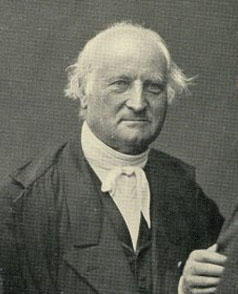Bromine is in group 17 period 4, its symbol is Br. Bromine has an atomic number of 35 and atomic mass of around 79.904. It is a part of the Halogens group, its Electron configuration is [Ar] 3d104s24p5, it is a liquid at room temperature its melting point is at -7.2 degrees Celsius its boiling pint is at 58.8 degrees Celsius. Its electronegativity by the Pauling scale is 2.96. Visually it is a red liquid with a sharp toxic smell.
Bromine compounds have been used since ancient times. A Bromine compound called dibromoindigo it was used in the dying process to make Tyrian purple or Royal purple, one thing that is unique about Bromine it that technically it has three people that could have officially discovered it. It could have been the famous chemist of his time Justus von Liebig. In 1825 a salt maker from the German town of Bad Kenzaunch, von Liebig didn’t take the sample all that seriously, he got it into Bromine but concluded that it was just a compound of Chorine and Iodine. When he had heard that who had discovered Bromine he went back to the Bromine sample he had then studied it more closely, then he put it in his mistakes drawer to forever remind him of the mistake he made so that he won’t make one like it ever again. It also could have been salt maker and college student at the time Carl Loewig, in 1825 Loewig sent his sample of salt over to von Liebig asking for an analysis, Loewing found the salt sample in a lake at the town and was able to produce his own Bronmine, he gave a sample to his chemistry teacher wanting to know more about the substance he had created and asked for more.
In 1826 it was too late, a French man named Antoine Balard had claimed its discovery. In 1824 Balard became interested in the salts coming from a lake in Montpellier, France. He stayed near this lake a studied it vigorously. He took some of the Bine from the water crystalized a salt from it, then he mixed the salt with chlorine and distilled it getting the red bromine we all know. Thinking he had something worth knowing he sent a sealed sample to the French academy of science and in 1826 he published his resulting making him the official discoverer of Bromine. He named it after the Greek word Bromos meaning a stench, because Bromine isn’t a nice smelling substance. It cost about 5 dollars every 100 grams, it is quite toxic and causes burns when making contact with the skin and irritation when swallowed or breathed in.



